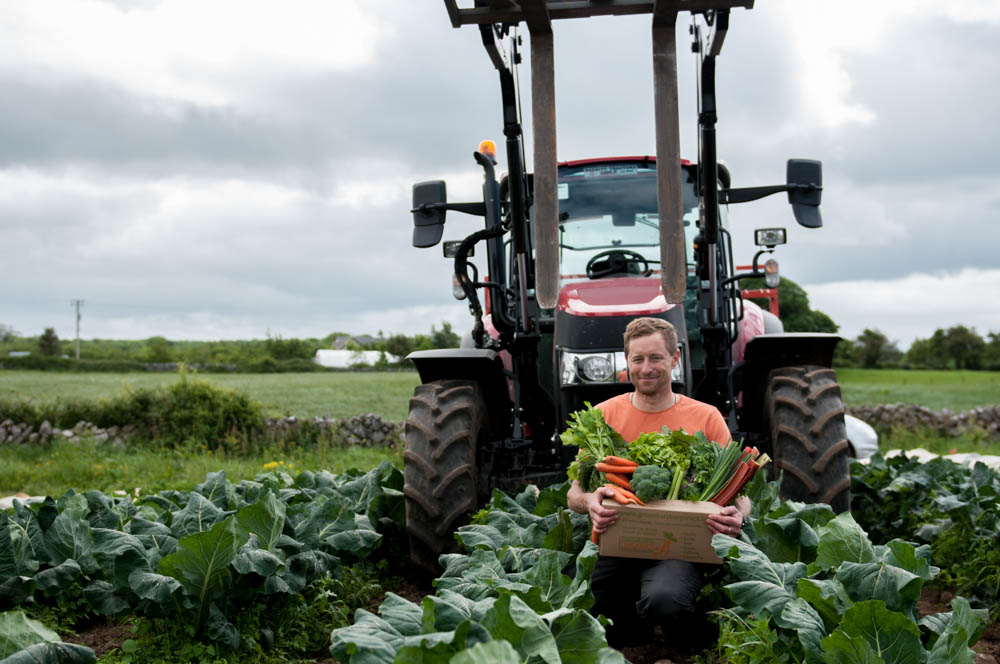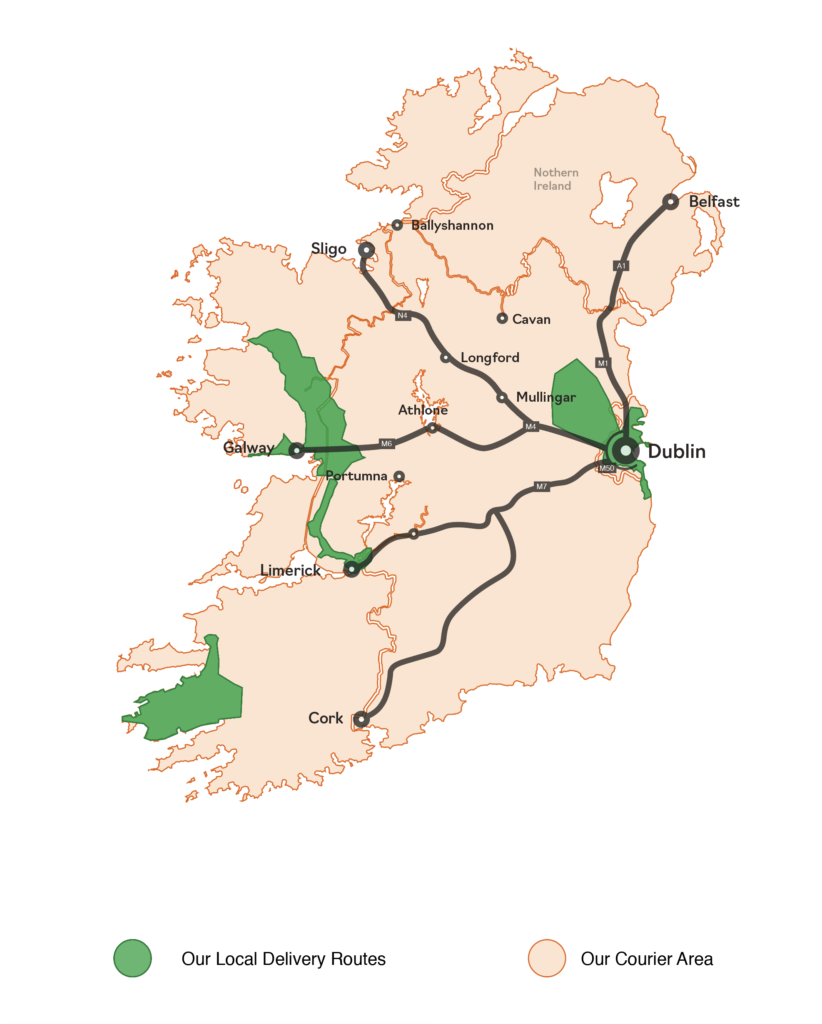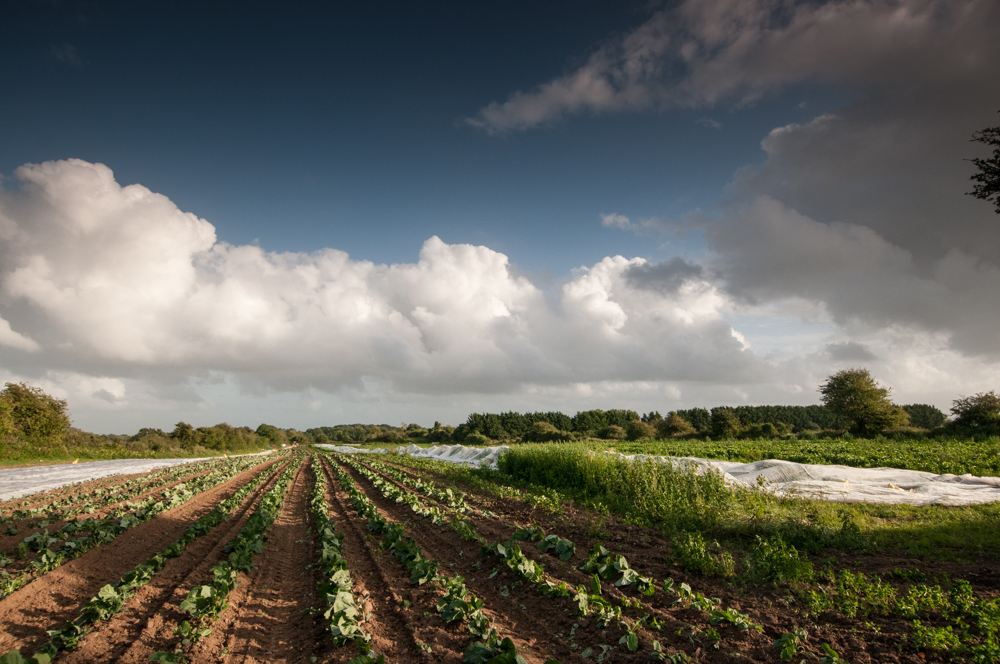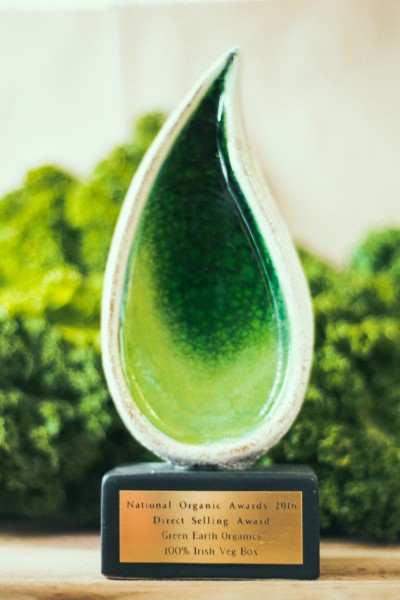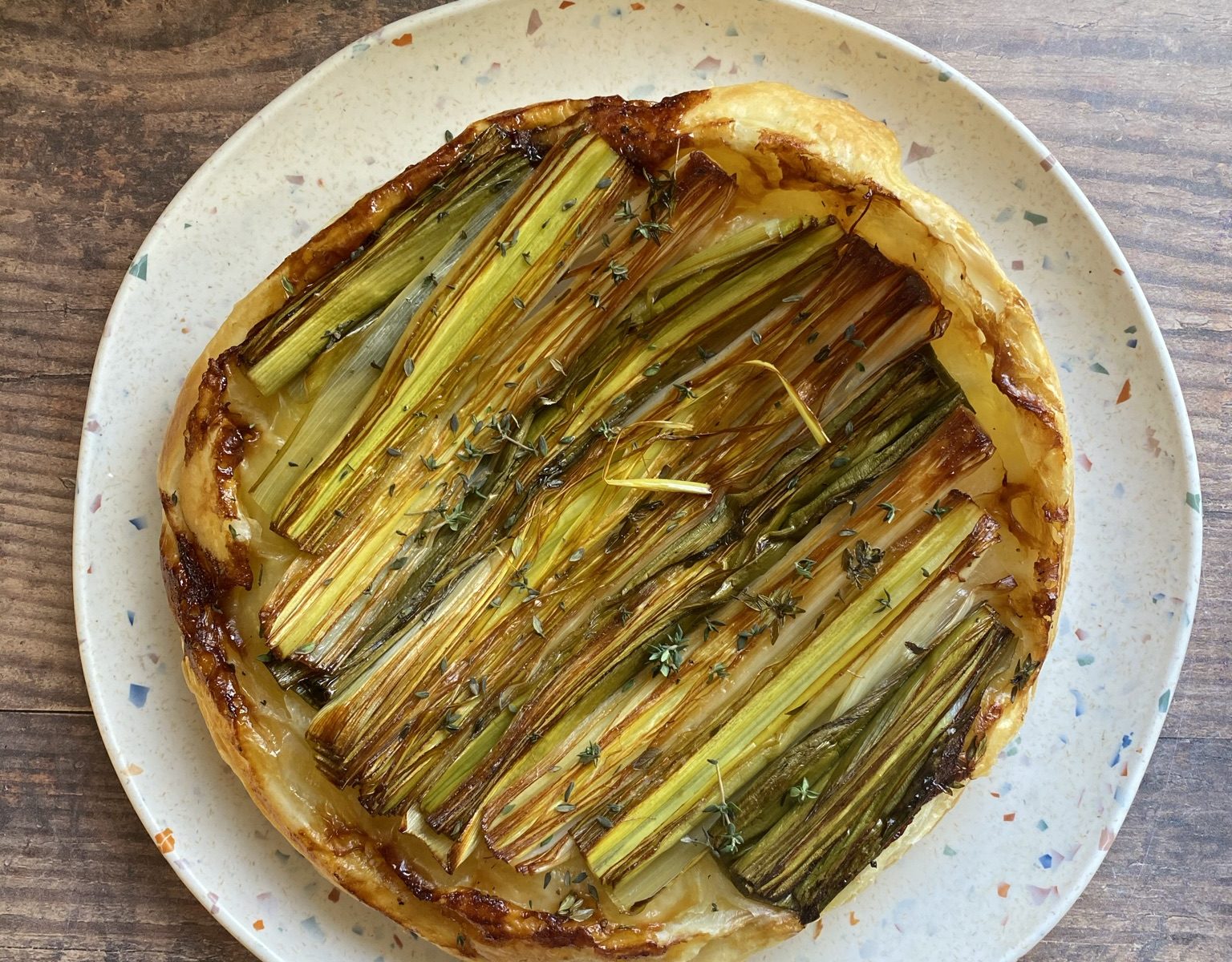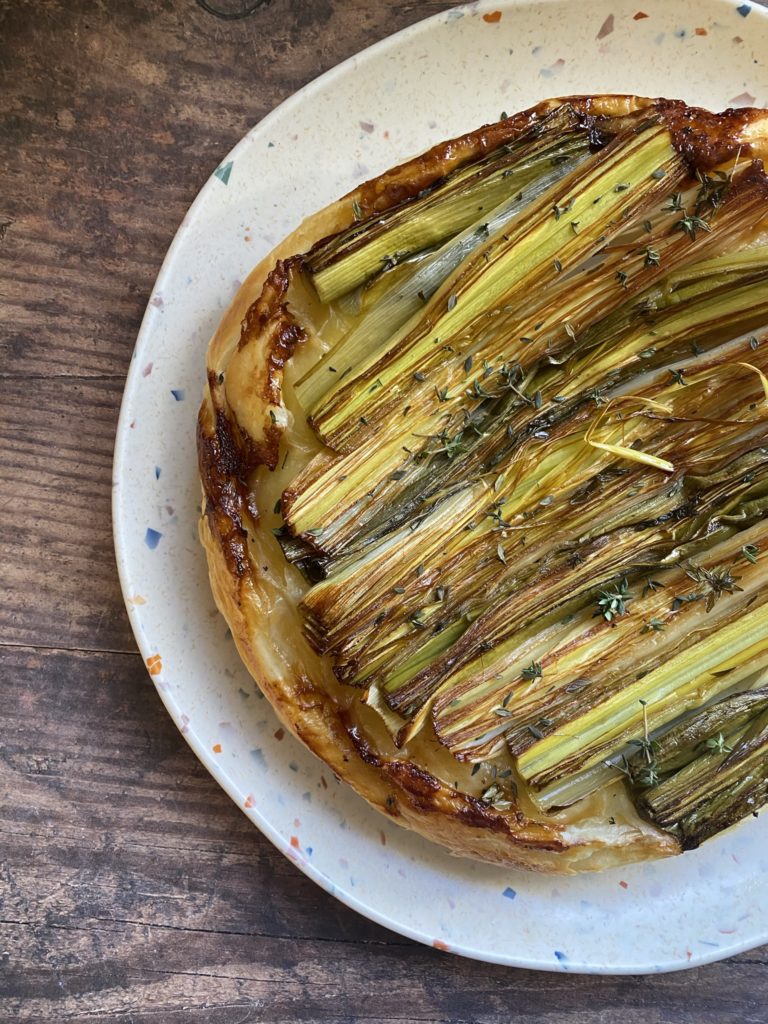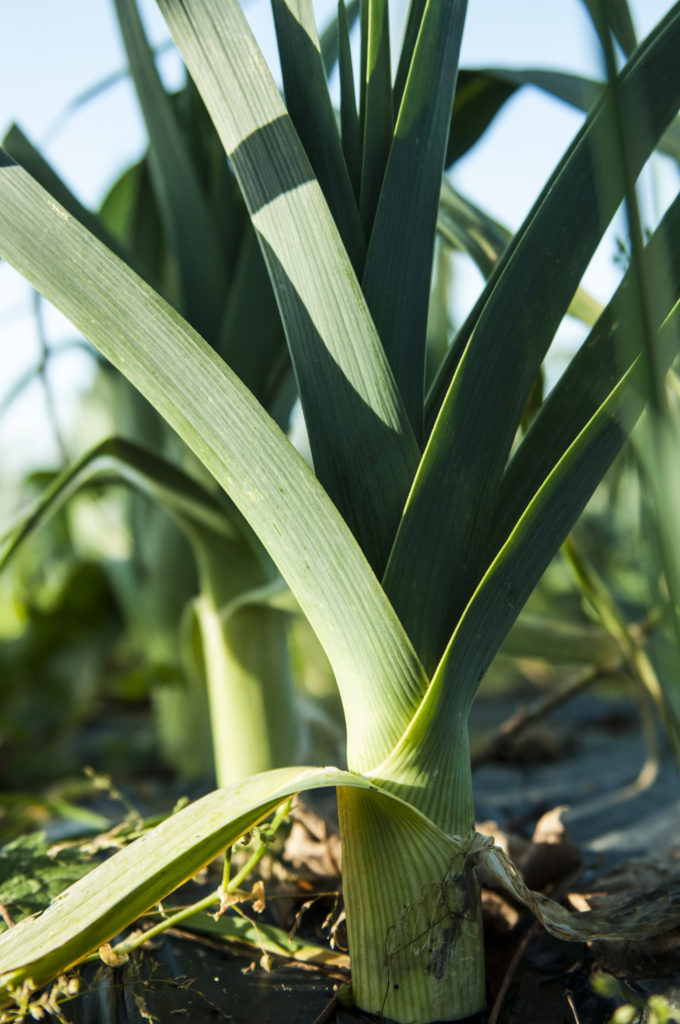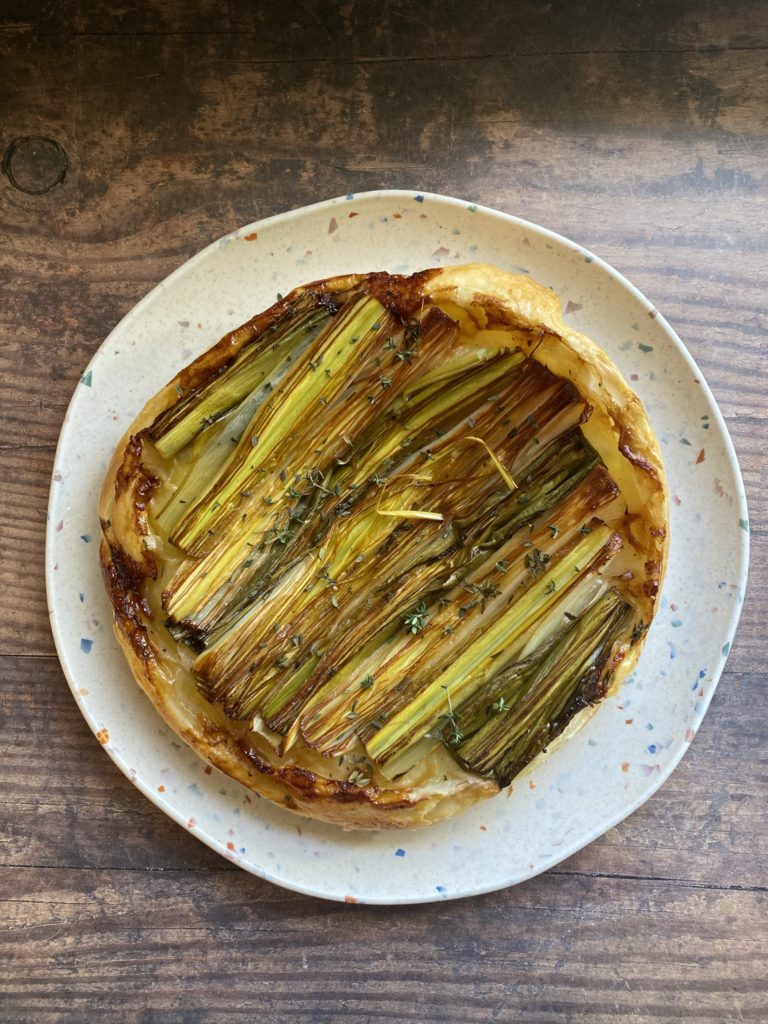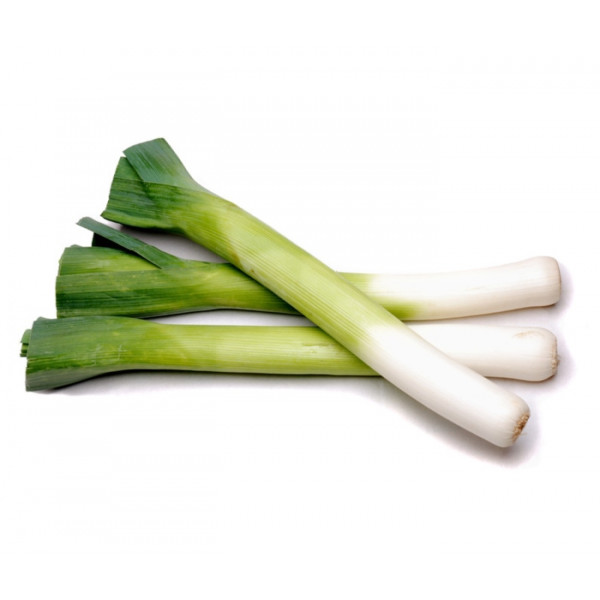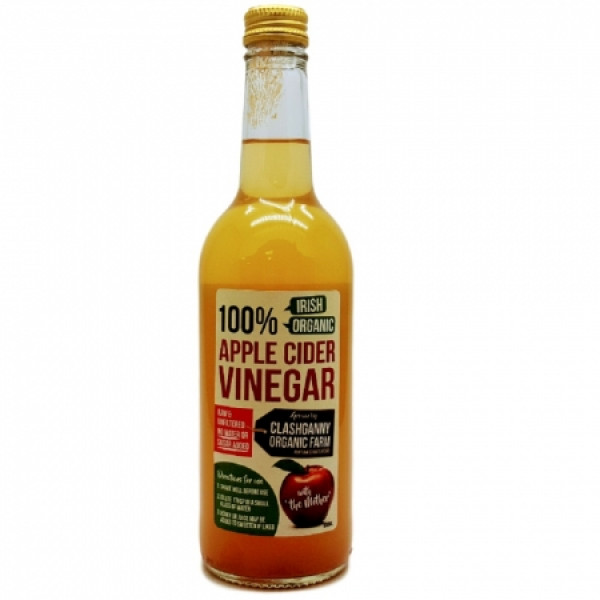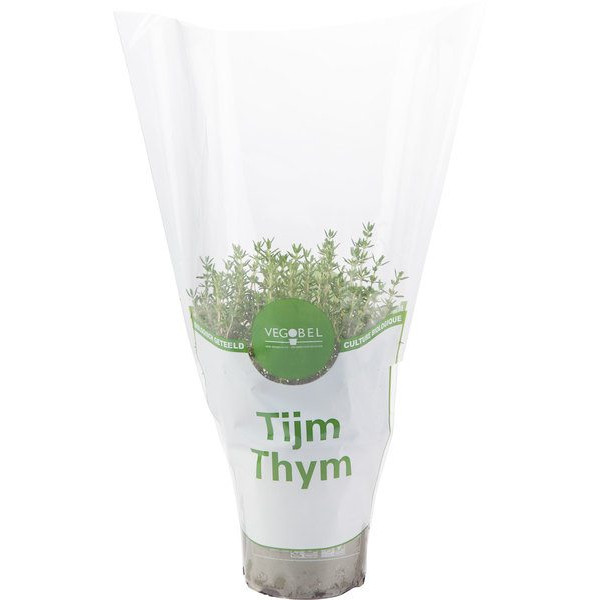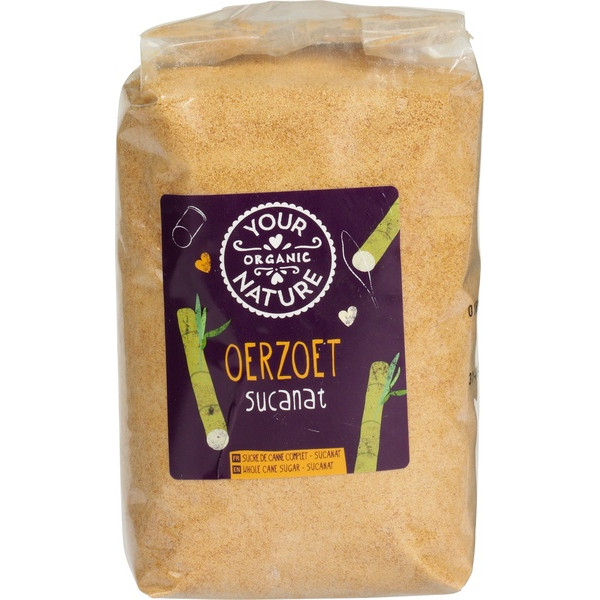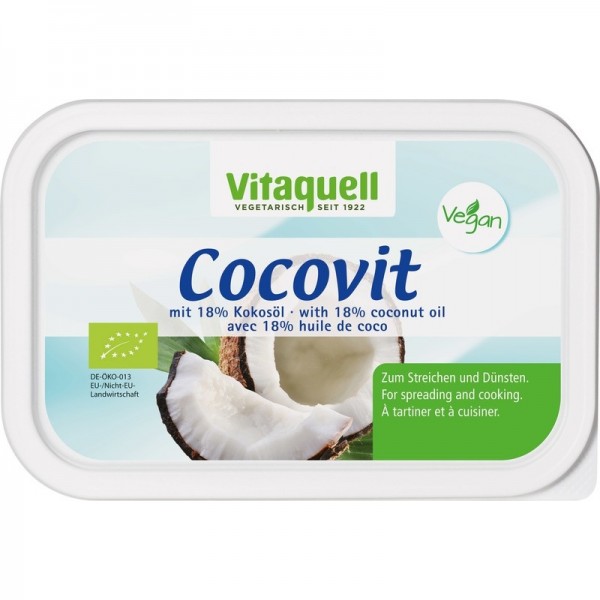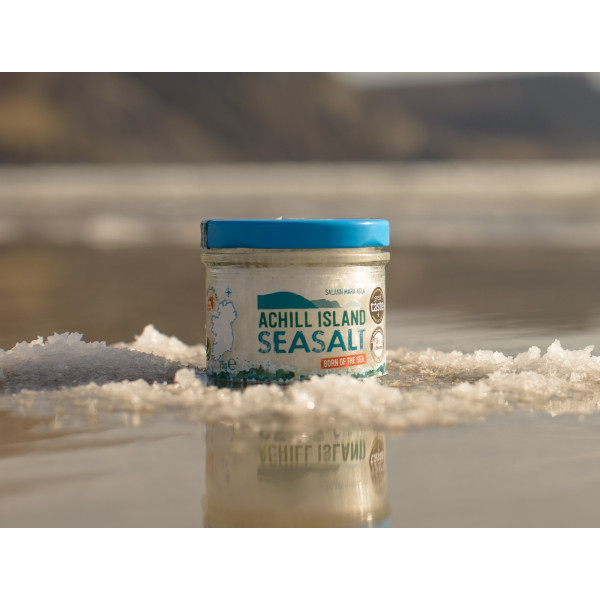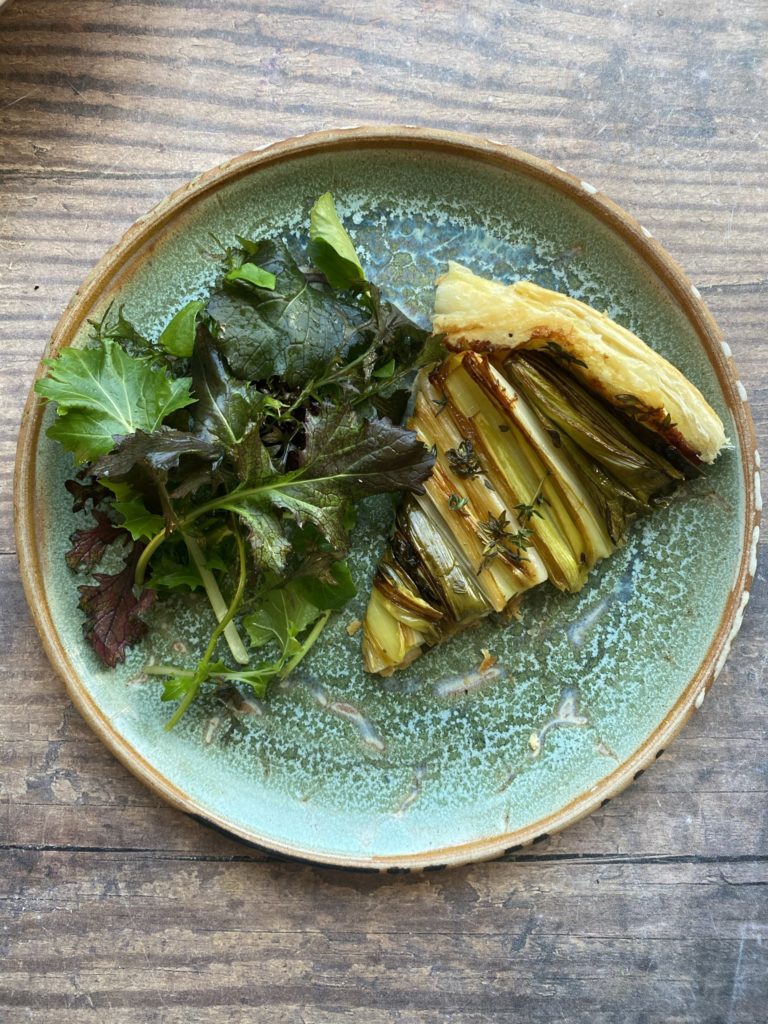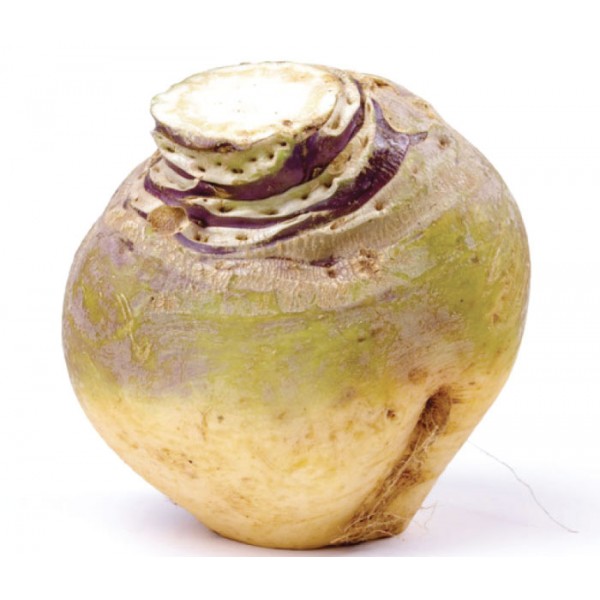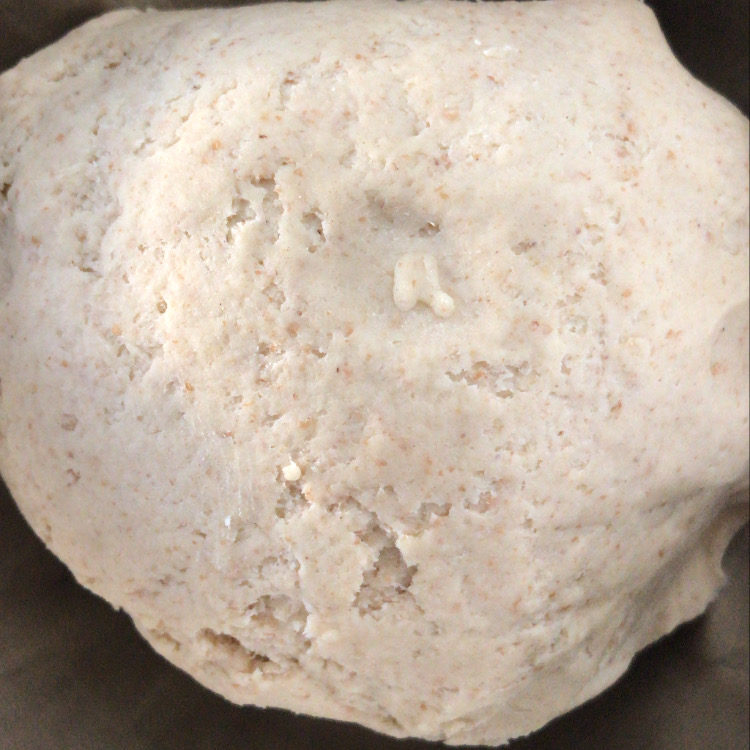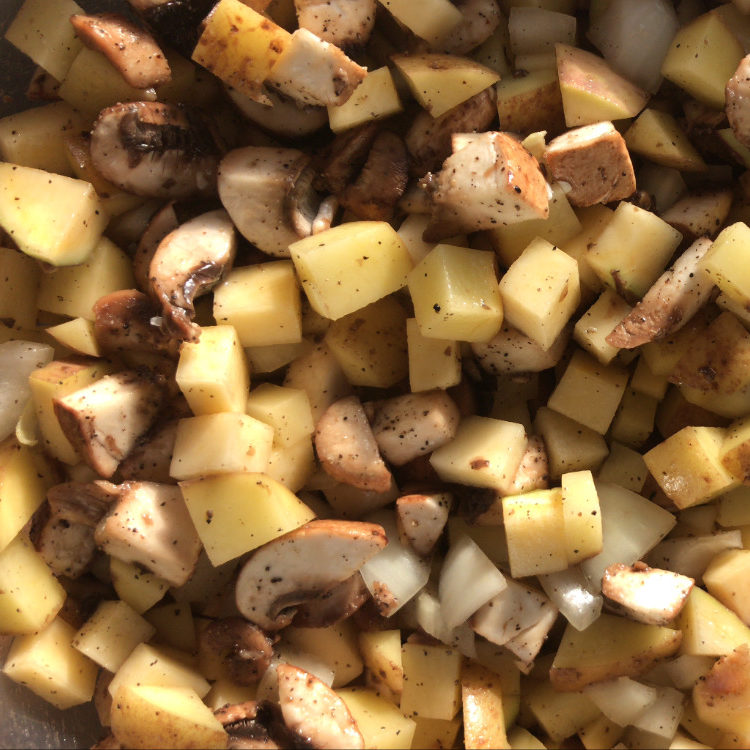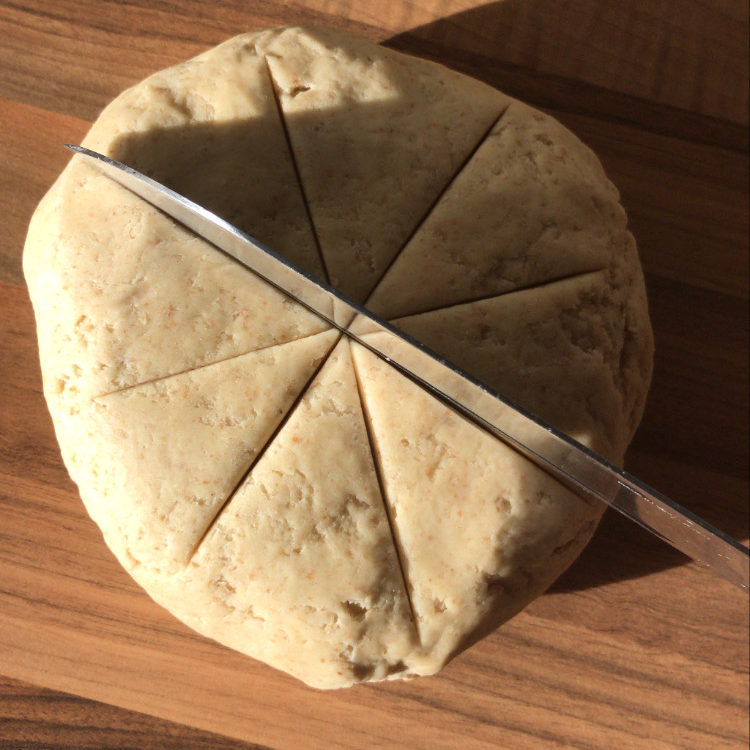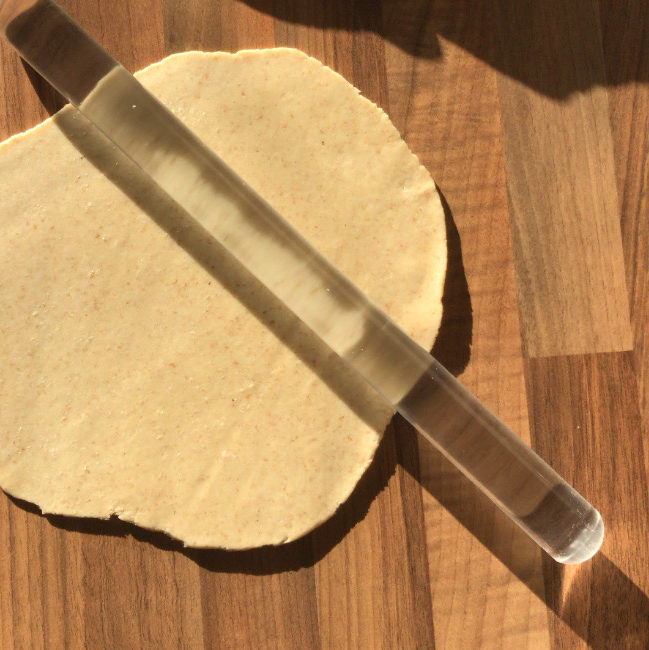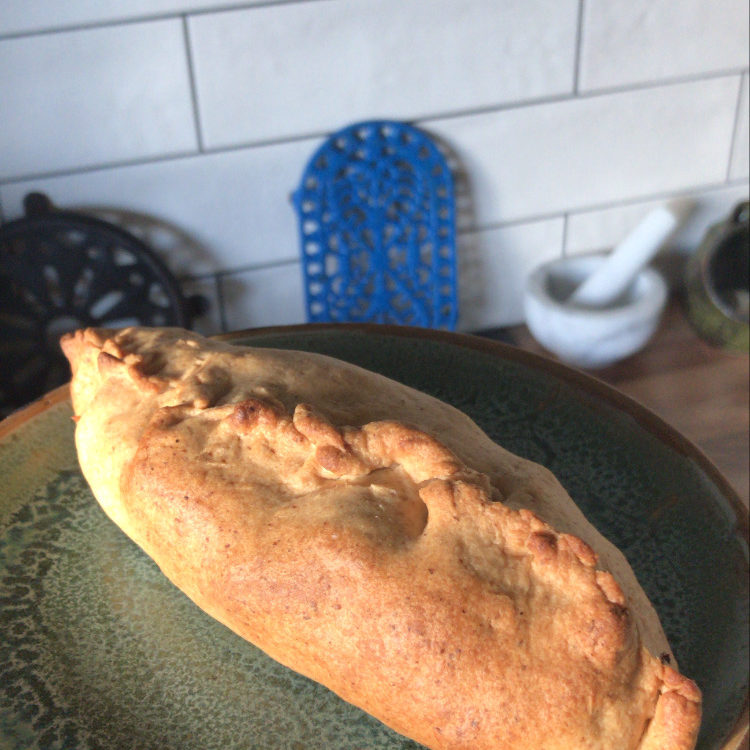This week we got the news that our business and farm has been shortlisted for a national
organic award, and we are grateful and humbled by the acknowledgment.

I’m afraid Jenny my wife will stop talking to me if I don’t stop going on about the weather.
But I just can’t help it, maybe I have a condition, but it has been so bad. And to be fair to
me, I need to talk about the weather, I really do. I feel traumatised by the relentless
darkness and rain, I am sure I must not be alone, and somehow getting the knowing nods
that you are right and, in a group, (and for farmers there is nothing more conversation
worthy than the weather) that feel the same way is comforting, it changes nothing though.
True enough, I suppose there is little we can do about it, as the weather will be the weather,
the same cannot be said for what we mankind are doing to our climate…
The last time we had a summer this bad was last year! Two in a row. And before that I
remember 2012 being a summer where we saw virtually no sun, temperatures were low,
and it rained nearly every single day. We should be lucky I guess there are many that have
no water and here we are in the West of Ireland with enough for half of Europe. But luck
will not help our already late harvest of tomatoes ripen.
It has been 13 months now, in my slightly twisted view, it started raining last June and
hasn’t really stopped, has it? We have struggled recently and certain crops that love the sun
are not loving Galway weather at moment.
There is muck stuck to everything, the land is wet, saturated, we could give the “Tough
Mudder” race a good run for its money. Now, it is not all bad news, the leeks, celeriac,
parsnips, swede and brassicas are doing quite well, and we are certainly grateful for that. In
fact, Emmanuel is harvesting the very first of our parsnip crop this week, which is quite
frankly amazing! But the increasing unpredictability of our weather is another challenge in
an already challenging industry.
So it is with this backdrop that it is lovely to be acknowledged that we are doing some things right. To have external validation, that it is worth persevering, despite being a very small cog in a massive and unforgiving food machine.
To that end Simone and Lilly will both be in Dublin this weekend at Merrion square
for the national organic food festival, and I will be there for a few hours from about 12 on
Saturday if you would like to come along.
Not only that but we are having our first and only farm walk next Saturday the 7 th of
September starting at 11am, and all are welcome, you can book a free ticket here.
Hopefully see you over the next couple of weeks!
Thanks as always for your support.
Kenneth


